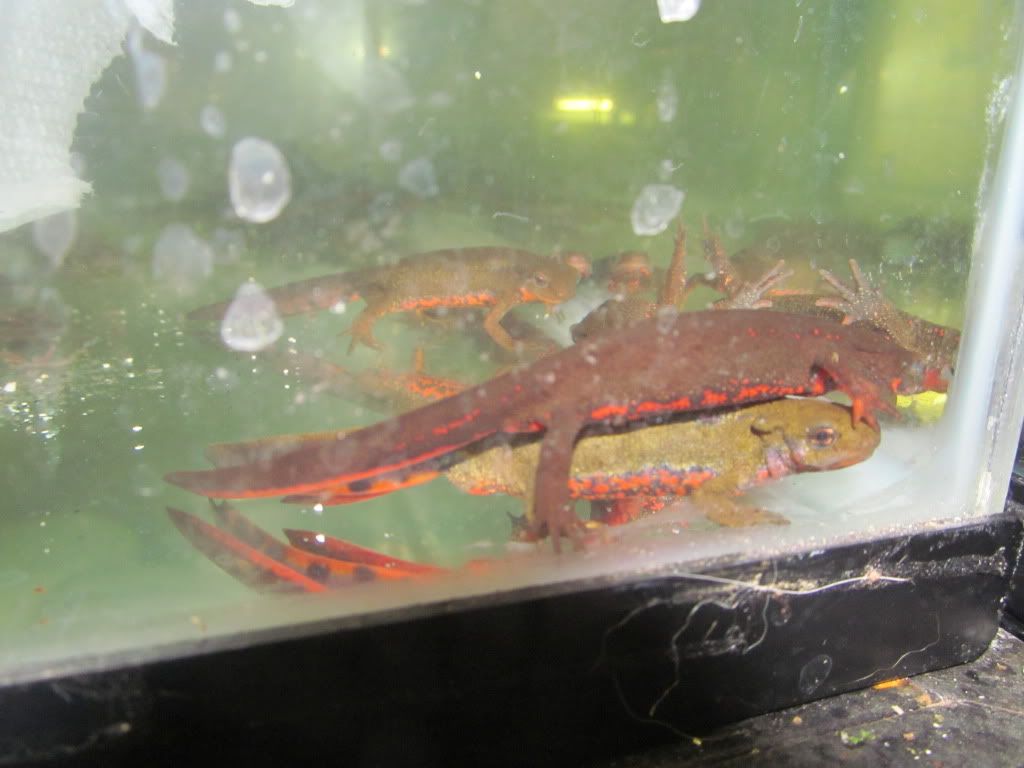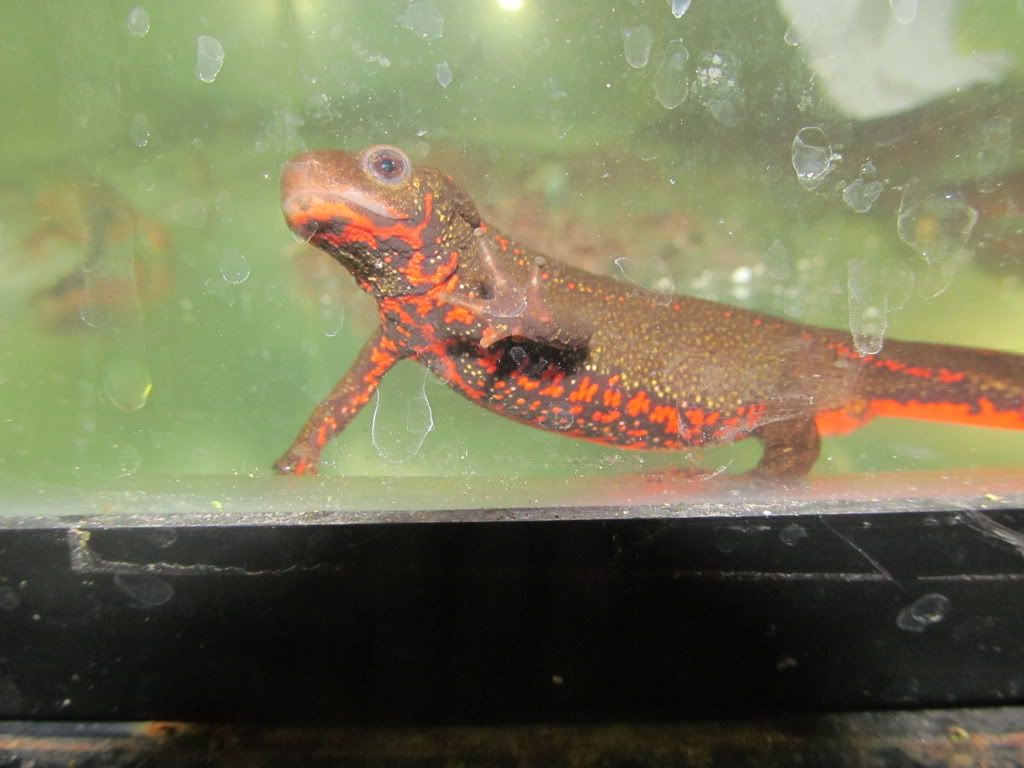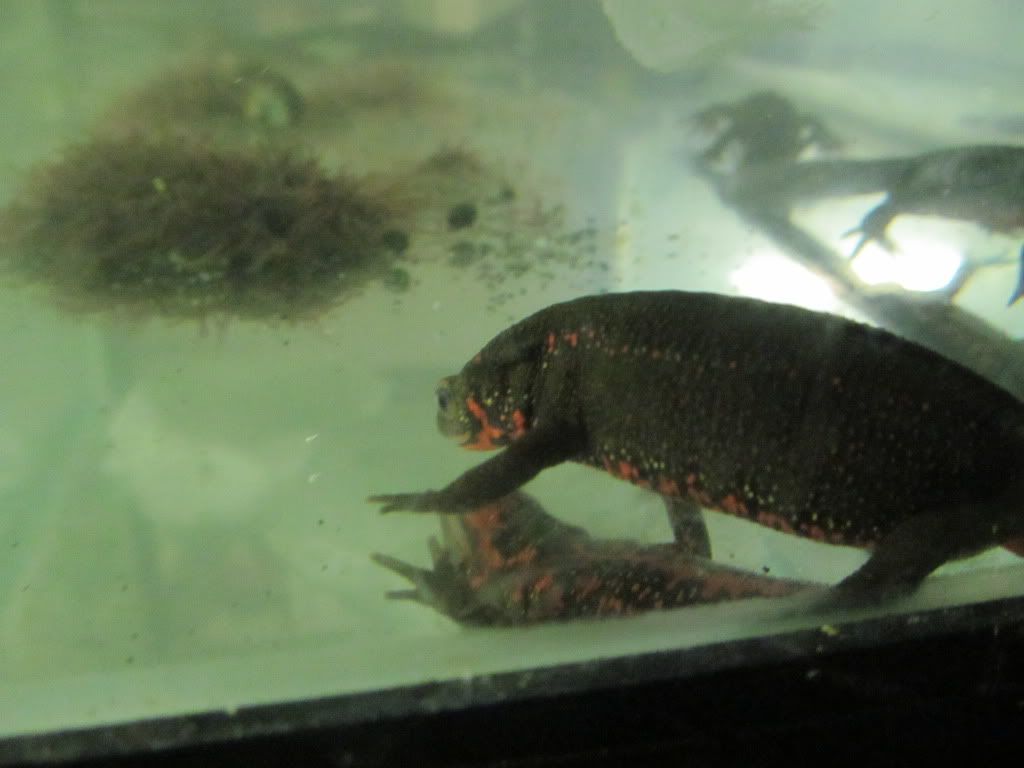In point of fact though, changes have ALREADY been proposed, namely the elevation of
Cynops immaculiventris to species status. I favor REJECTING that change right now, because that particular name is based on a "locality" with two species, there are no type specimens, and there is no positive way to confirm what the name belongs to at this time.
On the other hand however, I think people SHOULD be aware of forthcoming changes, without necessarily jumping into them. That way they are 1) not shocked when the changes are made, 2) don't adopt changes that are premature and possibly in error, and 3) are more inclined to obtain, maintain, and keep separate lineages which may not be of the same species. At this point I am pointing out that newts of Kyushu are not
Cynops pyrrhogaster in the strict sense, although they are members of the complex; nor are they
C.sasayamae, despite their appearance.
It seems to me that what we call C. pyrrhogaster with further investigation could be split up into multiple species either by genetic differences or simply by geographic isolation. Is there anyone currently trying update the classification status of this "species"?
They have been known or suspected to be multiple species for many years. They have been, and continue to be, under study for decades. I suspect we won't have to wait much longer for formal changes. The latest study has a publication date of March 2013, the first appears to have been published in 1956. Note that
Ensatina has a comparable, and I think longer, history of taxonomic confusion, with little hope of resolution for a few years yet.








